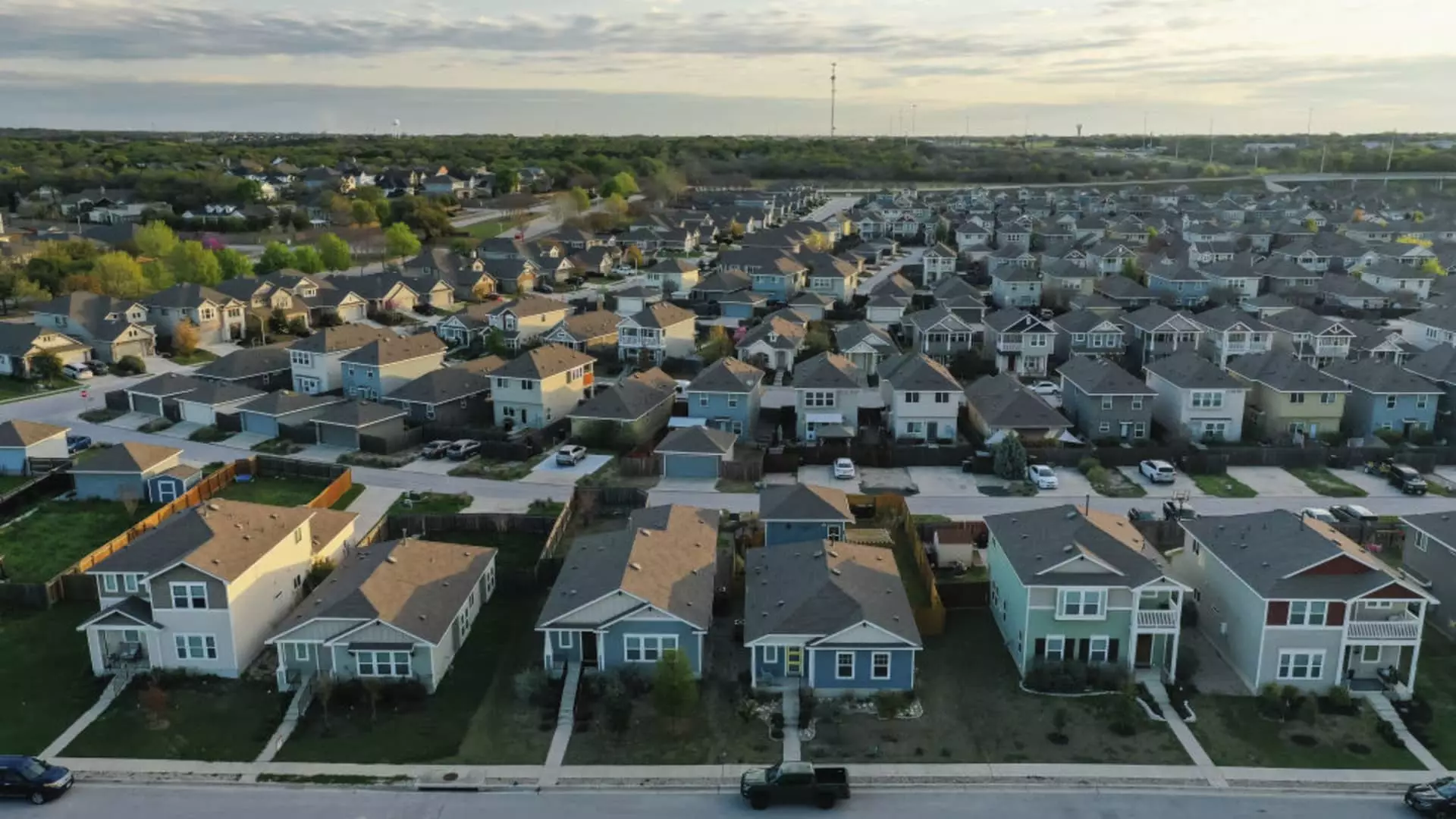As the spring housing market approaches, potential homebuyers are exhibiting caution rather than urgency. Despite a modest increase in available listings, many buyers remain hesitant to enter the market. This reluctance can be attributed to stagnant mortgage rates and a consistent climb in home prices, which continue to outstrip buyer expectations and affordability. Last week, mortgage applications for home purchases fell by 4% relative to the previous week, highlighting a notable decline in demand. The Mortgage Bankers Association’s latest figures reveal that demand is effectively mirroring the same period a year earlier, suggesting a stalling in buyer sentiment.
Recent trends indicate that the average loan size for home purchases has increased since the beginning of the year, peaking at $447,300 last week—a figure not seen since October 2024. This shift underscores a broader issue: even as mortgage rates see marginal decreases, the overall cost of purchasing a home continues to climb. The average interest rate on 30-year fixed mortgages has dipped slightly to 6.97%, a welcome change for prospective buyers but still far from ideal. It is important to contextualize these figures; the current rates remain significantly higher than those experienced during the pre-pandemic market, with applications to buy homes down 39% from February 2019 levels.
Interestingly, the decline in mortgage rates has sparked a 12% increase in refinancing applications compared to the preceding week. However, it is critical to note that this bump is relative to relatively low volumes. Many existing mortgage holders are locked into historically lower rates, making them less inclined to refinance. The market’s stagnant activity is evidenced by existing home sales that are currently at near 30-year lows, with prices hitting new highs. Simultaneously, sellers are feeling the pressure as more properties linger on the market, with the average home taking 54 days to sell—the longest wait since March 2020.
Despite these challenges, sellers appear to be adapting, with 15.6% implementing price cuts in January compared to 14.7% the same month a year earlier. Such measures may signal an attempt to entice buyers back into the fray. However, many sellers continue to maintain firm asking prices, buoyed by a competitive seller’s market that enables them to hold their ground. Despite the influx of inventory—with home supply increasing by 25% year-over-year—total housing stock remains 25% lower than pre-pandemic figures from January 2019.
The combination of high home prices, fluctuating interest rates, and an uncertain economic landscape is leading to a wait-and-see mentality among buyers. With mortgage demand cool, the spring housing season may struggle to gain momentum unless significant shifts occur in pricing and economic confidence. Until then, both buyers and sellers are navigating a complex and challenging market, rife with both opportunity and caution.

Leave a Reply